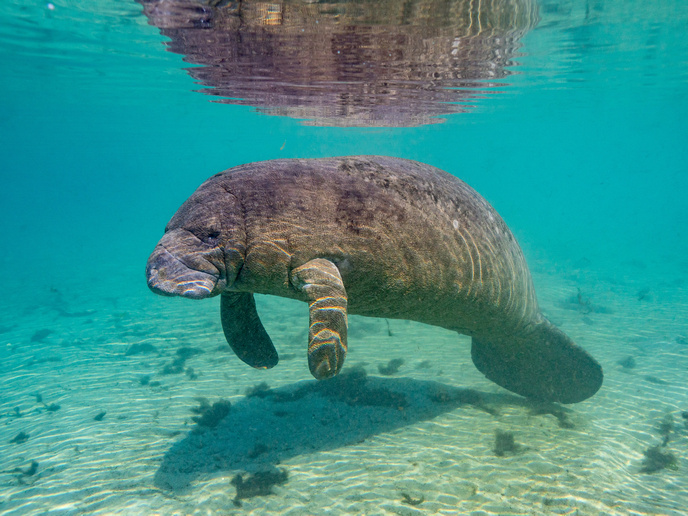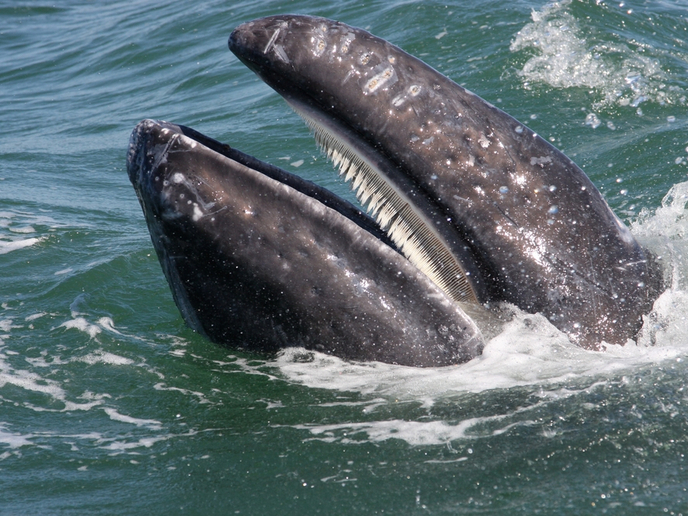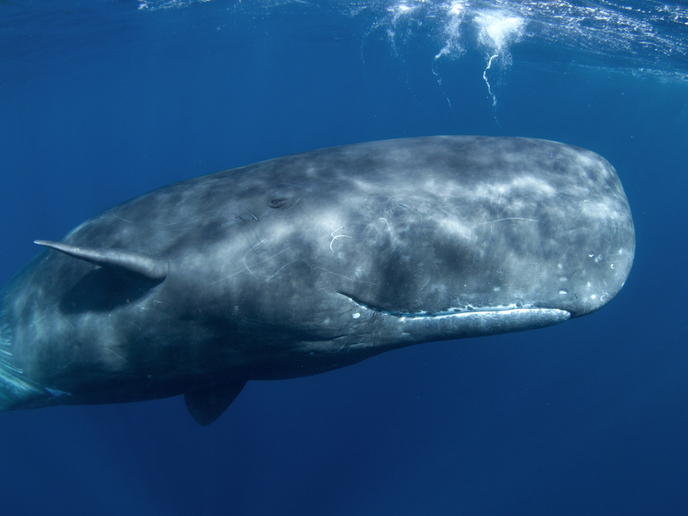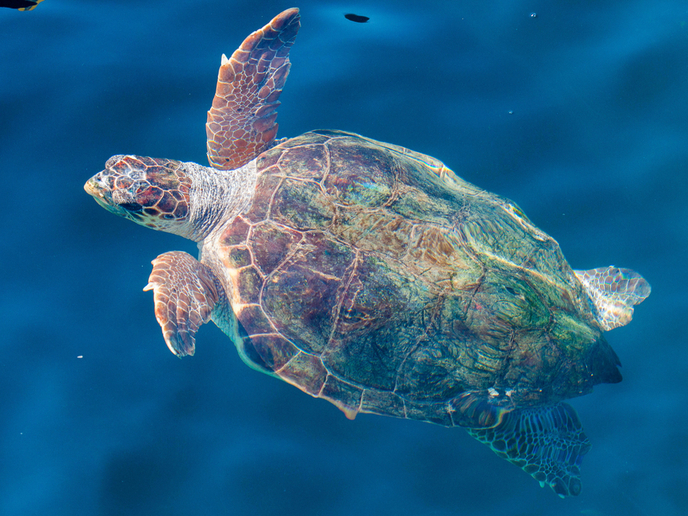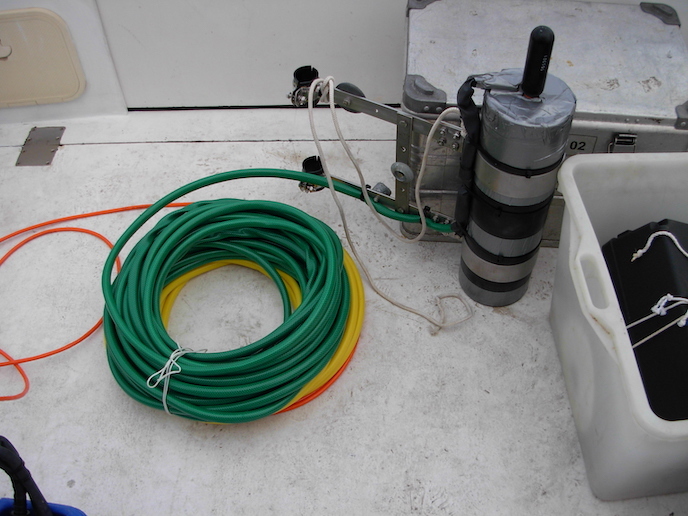Research reveals how mammals adapted their backbones to thrive in water
Throughout evolutionary history, mammals originally adapted to life on land have independently transitioned to water multiple times, resulting in varying degrees of adaptation in groups such as seals, whales, dolphins and otters. Among these, most aquatic species, such as whales, have undergone dramatic transformations. The typical mammalian body plan – with four limbs, hands and feet – has been gradually reorganised into a streamlined aquatic form featuring flippers or fins, optimised for swimming. Along with these physical changes, the primary mode of locomotion has shifted from limb-powered movement to body-powered swimming, driven by the undulating motion of strong back muscles. “Despite these remarkable adaptations, we still lack understanding regarding the role of the backbone in facilitating this transition, mainly owing to its complex morphology and lack of biomechanics knowledge,” notes Katrina Jones, coordinator of the Back2Sea project. Funded by the Marie Sklodowska-Curie Actions programme, Back2Sea comprehensively examined changes in the form and function of the backbone during the evolution of land-to-water transitions in mammals. “By comparing terrestrial species to semi-aquatic and fully aquatic ones, we sought to uncover how these structural transformations supported this remarkable shift,” adds Jones. The research was conducted in collaboration with the Museum of Comparative Zoology at Harvard University.
Mammals reshaping their spines for life in water
The researchers’ extensive study involved travelling to several museum collections worldwide. In their visits, they gathered detailed measurements of the backbones from both extant mammals and fossil species that represent transitional forms. This enabled them to trace how backbone morphology has changed as mammals adapted from a land-based to a water-based lifestyle. “A key question was whether the organisation of the backbone into different regions was impacted by this ecological transition,” says Amandine Gillet, the project’s Marie Sklodowska-Curie fellow. “Our findings revealed that whales tend to emphasise the tail region of the spine far more than terrestrial mammals, which prioritise the trunk region. This makes sense given the important role of the tail in facilitating propulsion in water unlike the trunk region that supports walking.” To further explore the implications of these morphological changes, researchers conducted a detailed experimental study analysing backbone flexibility in extant terrestrial and aquatic mammals. The results demonstrated considerable variation in spinal joint mobility among aquatic mammals, shaped by their specific taxonomic group and locomotion mode. These differences highlight how the backbone has been re-organised to meet the needs of living in water.
Pioneering research on land-to-sea transition
Back2Sea represents the most comprehensive study of aquatic mammal backbones to date, providing an unprecedented look into their structure and function. Biomechanical data on backbones are extremely rare, and until now, little has been known about their role in aquatic mammals. By collecting functional data from eight model species of terrestrial and aquatic mammals, Back2Sea’s study represents a significant leap in the field, forming a robust database that links vertebral form to the backbone function across various mammal species. “By clarifying the relationship between the physical structure and function in living aquatic mammals, our study sets a solid foundation for understanding the complex evolutionary transitions from land to water,” highlights Gillet. “These insights are valuable for interpreting fossil evidence, helping us better understand when and how these extraordinary changes occurred. Beyond evolutionary implications, our findings on the reorganisation of backbone regionalisation provide important clues about the molecular mechanisms that drive vertebral development.”
Keywords
Back2Sea, mammals, backbone, aquatic, water, transition, land



